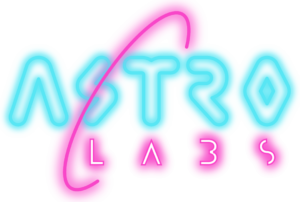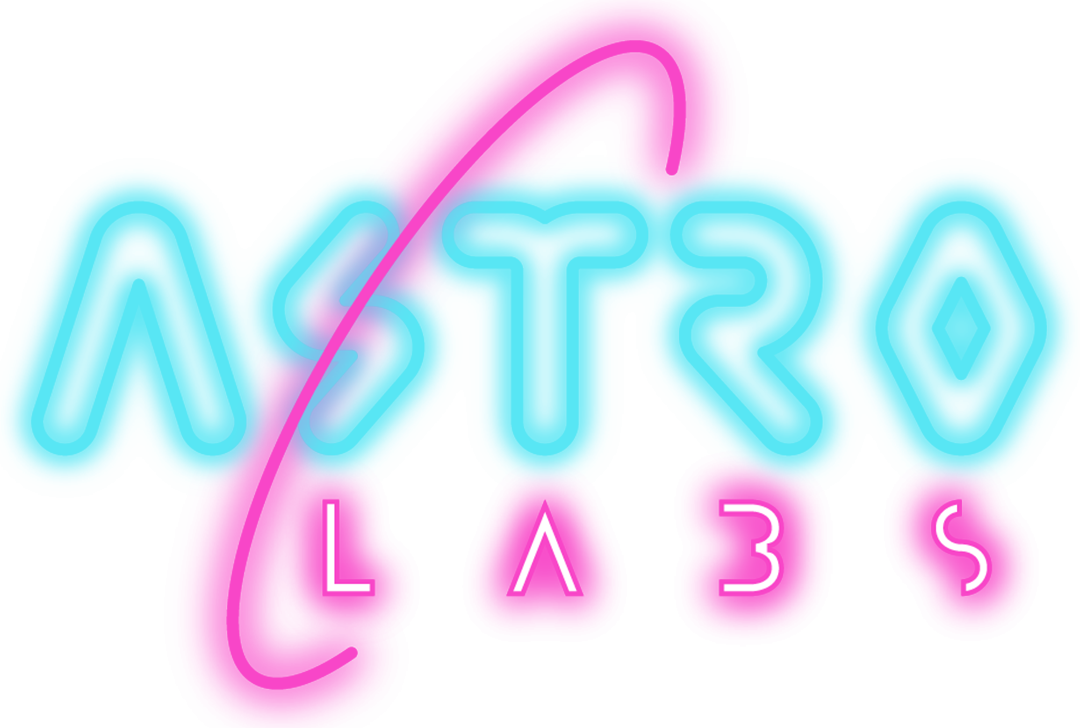In the dynamic realm of Web3, the essence of a startup’s success is profoundly rooted in its community. Seth Godin, in his insightful book “This is Marketing,” emphasizes the importance of understanding and serving your audience. While Godin’s teachings span across various marketing landscapes, they resonate profoundly with the ethos of Web3 projects. The unique ecosystem of Web3—comprising founders and team members, stakeholders, and community members—demands a nuanced approach to engagement and growth. Although these groups may intersect, with stakeholders often being active community members and team members holding stakes in the project, distinguishing between them allows for a more tailored engagement strategy.
Founders and Team: The Visionaries and Executors
The founders and the team are the backbone of any Web3 project, turning visionary ideas into reality. Their deep understanding of blockchain technology and commitment to the project’s mission are crucial. However, as Seth Godin points out, the true value lies not just in creating something but in the ability to lead and connect with others. In the context of Web3, this means fostering a culture that values transparency, innovation, and community engagement.
Stakeholders: The Investors and Believers
Stakeholders in a Web3 project extend beyond traditional investors. They are the early believers in the project’s potential to disrupt and innovate. Their investment is not just financial but often emotional, believing in the project’s underlying principles and its ability to effect change. Godin’s teachings remind us that stakeholders are integral to a project’s narrative, shaping its direction and perception in the broader ecosystem.
Community Members: The Advocates and Amplifiers
The community is the lifeblood of any Web3 project. In a space where traditional marketing tactics take a backseat to genuine engagement and trust, the community’s role cannot be overstated. Godin’s emphasis on “tribes” and creating movements is particularly relevant in Web3. A vibrant, engaged community not only supports the project through thick and thin but also serves as its most potent marketing force. The mistake many projects make is not adequately investing in their community. Effective community management, engaging activities, AMAs, townhalls, and rewards are not just expenses; they are investments in the project’s most valuable asset.
The strength of word-of-mouth marketing in Web3 eclipses that of its Web2 predecessor, amplified by the vocal and interconnected “degen” community across Twitter and other niche platforms. The enthusiasm and advocacy of the community can catapult a project to new heights or, if neglected, can lead to its downfall.
Conclusion: The Imperative of Community Investment
In conclusion, while the technological foundation and visionary leadership of a Web3 project are indispensable, the community’s role is paramount. Seth Godin’s insights into the importance of serving and resonating with your audience underscore the need for Web3 projects to prioritize their communities. Investing in a strong, engaged community is not just a marketing strategy; it’s a cornerstone of success in the decentralized world. As we navigate the complexities of Web3, let us remember that at the heart of every successful project is a community that feels valued, heard, and connected.




